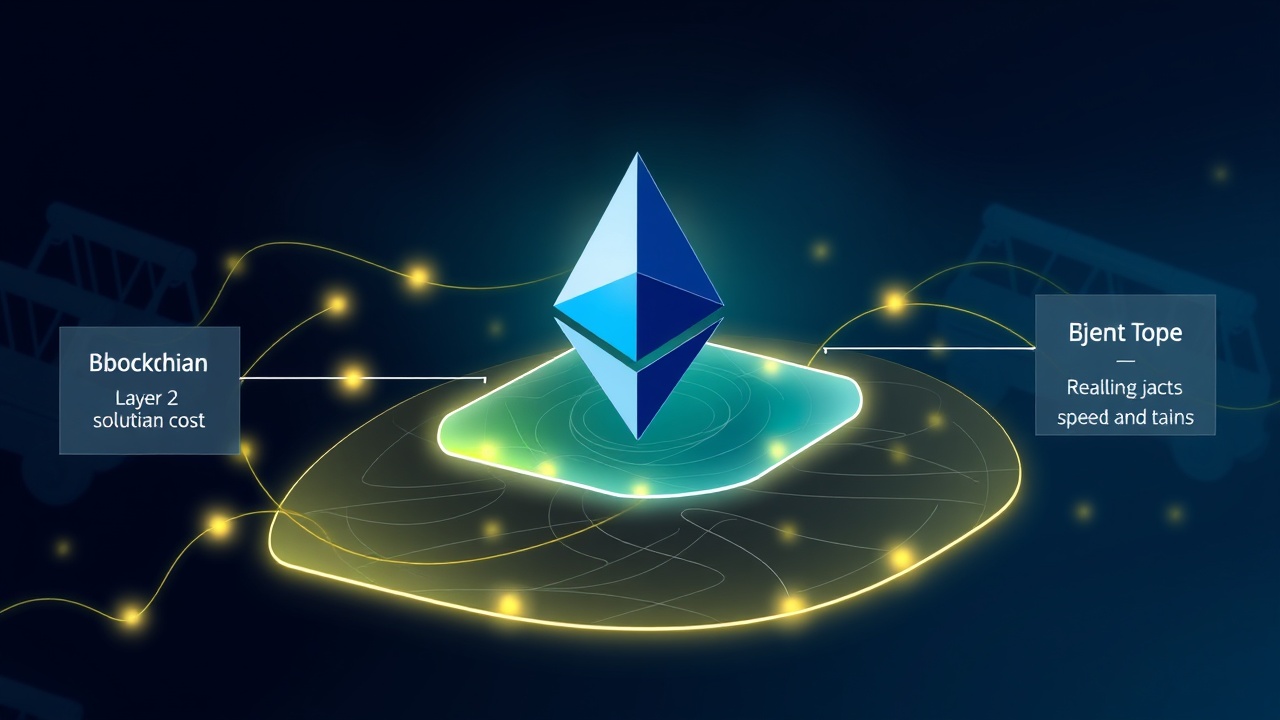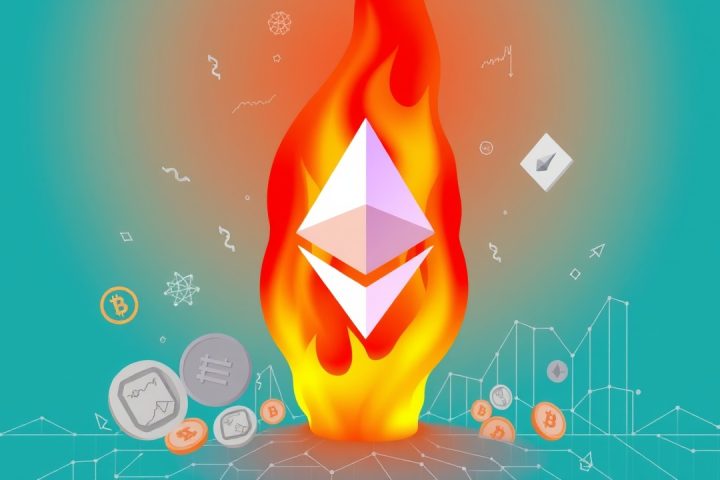Overview of Layer 1 and Layer 2 Solutions
With the gas fees on Ethereum’s L1 main network hitting their lowest point in five years, numerous projects are now reassessing the need to launch on L1. This situation presents a chance to delve into the fundamental issues that Layer 2 (L2) solutions are designed to solve.
The Blockchain Trilemma
Vitalik Buterin, one of the co-founders of Ethereum, discusses the blockchain trilemma, which articulates the difficult balance between security, decentralization, and scalability. To overcome these obstacles, L2 solutions implement various strategies, including:
- Preserving security through combined state summaries with L1
- Enhancing decentralization through equitable transaction ordering
- Boosting scalability by processing transactions off-chain
Types of Layer 2 Solutions
Among the range of L2 solutions available, Optimistic Rollups and Zero-Knowledge Rollups are particularly well-known. However, there is an emerging alternative called the Based-Rollup, also introduced by Buterin and supported by initiatives such as Taiko. This model seeks to diminish the authority of L2 sequencers by allowing transaction ordering to be handled directly by Ethereum’s L1, thus reducing the potential control that L2 sequencers could exert.
Challenges with Conventional Rollup Structures
In the conventional structure of an Optimistic Rollup, sequencers have considerable influence as they determine the sequence of transactions and could possibly gain from Miner Extractable Value (MEV). Various L2 frameworks have distinct philosophies regarding MEV handling:
- Some advocate for equitable distribution
- Others consider it an activity driven by market forces and impose taxes on it
Nonetheless, in most instances, L2 sequencers possess a significant status within the ecosystem.
The Based-Rollup Framework
The Based-Rollup framework operates through a three-step methodology:
- L2 searchers gather transactions and forward them to L2 block builders who then create blocks.
- L1 searchers integrate these L2 blocks into their own L1 blocks.
- This model enables a unified entity to perform the roles of both L1 searchers and L2 builders, consequently utilizing L1 resources to bolster the security of L2.
Future Insights
Having spent the past year refining this methodology, Taiko is gearing up for its upcoming token release. Additionally, the project has unveiled a novel concept known as Based Booster Rollup (BBR), which acts as a mirror for L1 functionalities. More in-depth insights into Booster Rollup are slated for further discussions in the future.




